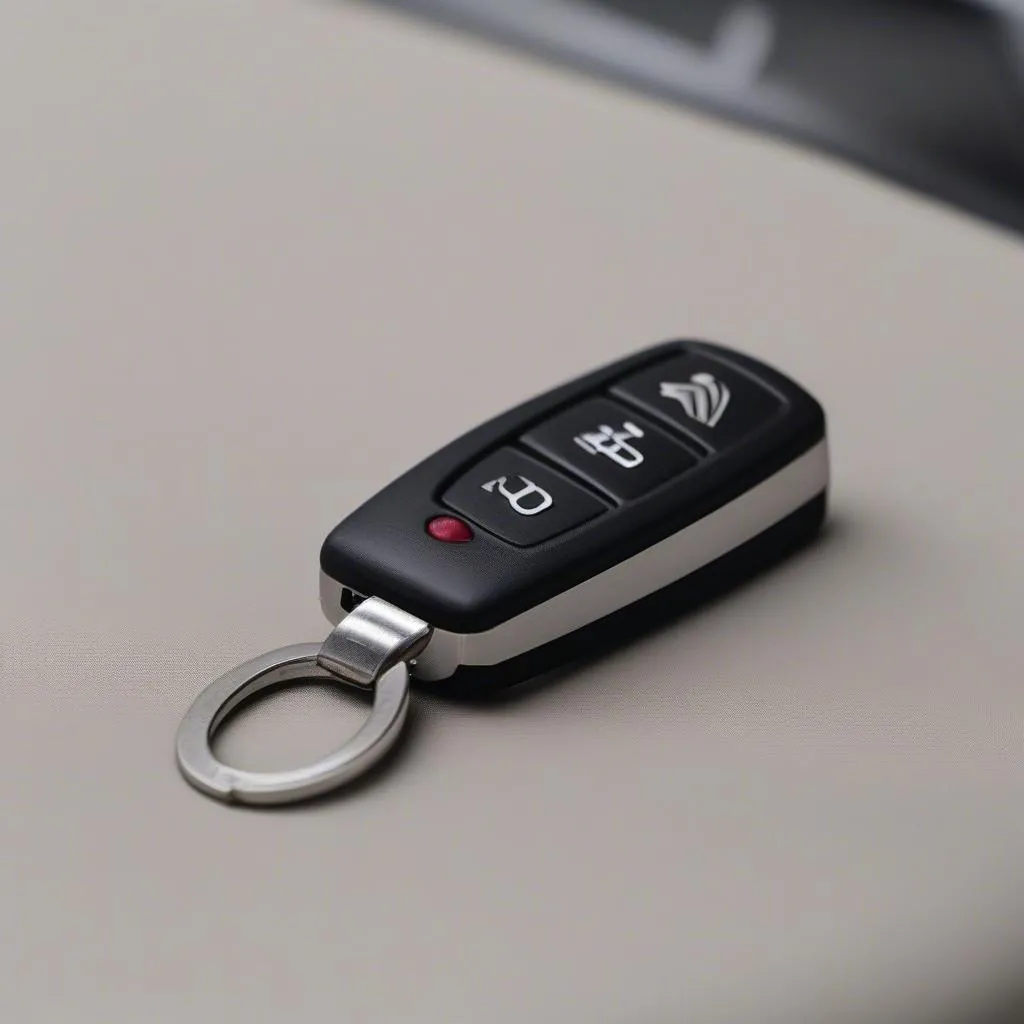Experiencing a “battery cut out while driving” scenario is not only inconvenient but also potentially dangerous. Imagine cruising down the highway and suddenly your engine dies, power steering fails, and brakes become stiff. This terrifying experience is often caused by a failing battery or related electrical issues. Understanding the underlying causes, solutions, and preventative measures can save you from this stressful situation. symptoms car battery needs replacement
Why Does My Battery Cut Out While Driving?
Several factors can contribute to a battery cutting out while driving. One common culprit is a loose or corroded battery terminal. This poor connection prevents the battery from effectively delivering power to the vehicle’s electrical system. Another possibility is a faulty alternator, which is responsible for recharging the battery while the engine is running. If the alternator fails, the battery drains quickly and eventually dies.
Other potential causes include a parasitic drain, where an electrical component continues to draw power even when the car is off, slowly depleting the battery. A failing voltage regulator can also lead to overcharging or undercharging the battery, shortening its lifespan and causing it to fail prematurely. A short circuit in the electrical system can also cause a sudden loss of power. Finally, extreme temperatures, both hot and cold, can affect battery performance.
Troubleshooting a Battery Cut Out
If your battery cuts out while driving, the first step is to safely pull over to the side of the road and turn on your hazard lights. Try restarting the car. If it starts, immediately drive to a safe location and have your vehicle inspected by a qualified mechanic. If the car doesn’t start, you’ll likely need a jump start. dodge ram 1500 battery problems
After getting a jump start, it’s crucial to diagnose the underlying cause of the battery failure. This might involve checking the battery terminals for corrosion, testing the alternator output, and inspecting the electrical system for shorts or parasitic drains.
Preventing a Battery Cut Out While Driving
Regular maintenance is key to preventing a battery cut out situation. This includes having your battery tested regularly, especially as it gets older. Cleaning the battery terminals and ensuring they are tightly connected can prevent corrosion-related issues.
Having your alternator and voltage regulator inspected during routine maintenance can also help identify potential problems before they lead to a battery failure. Minimizing the use of electrical accessories when the engine is off can prevent parasitic drain. Finally, be mindful of extreme temperatures and take steps to protect your battery, such as parking in a garage during very hot or cold weather.
How do I know if my alternator is bad?
Dim headlights, flickering dashboard lights, and slow cranking are all signs of a failing alternator.
What is a parasitic drain?
A parasitic drain is when an electrical component continues to draw power even when the car is off.
John Smith, a seasoned automotive electrical engineer, emphasizes, “Regular battery testing is essential, especially in vehicles over three years old. This can help identify potential issues before they become major problems.” He further adds, “Ignoring minor electrical glitches can lead to more significant problems down the line, including a complete battery failure while driving.”
Battery Cut Out: Remote Diagnostics and Software Solutions
Modern vehicles are increasingly reliant on sophisticated software and electronic control units (ECUs). In some cases, a battery cut out issue can be related to a software glitch or a faulty ECU. if you disconnect a car battery will it die Remote diagnostics and software updates can offer a convenient and effective solution for these types of problems. By connecting to your vehicle’s onboard diagnostic port remotely, specialized technicians can identify software-related issues and install necessary updates or patches to resolve them, often without needing a physical visit to a repair shop.
Conclusion
A battery cutting out while driving can be a frightening experience. By understanding the causes, solutions, and preventative measures discussed in this article, you can take proactive steps to avoid this dangerous situation. Regular maintenance, timely inspections, and awareness of potential warning signs are crucial for ensuring a safe and reliable driving experience. Don’t hesitate to seek professional help if you suspect a problem with your vehicle’s electrical system. Remember, a healthy battery is essential for a smooth and safe journey. the battery dead car battery dies if not driven
FAQ
- How often should I have my car battery tested? It’s recommended to have your battery tested every six months, especially if it’s more than three years old.
- Can a bad alternator cause my battery to cut out? Yes, a failing alternator can prevent the battery from being recharged, leading to a cut-out.
- What should I do if my battery cuts out while driving? Safely pull over, turn on hazard lights, and try restarting the car. If it doesn’t start, call for roadside assistance.
- How long do car batteries typically last? Most car batteries last between three and five years.
- Can extreme temperatures affect my car battery? Yes, both extreme heat and cold can shorten the lifespan of a car battery.
- Is it safe to jump-start a car with a dead battery? Yes, but it’s important to follow proper procedures to avoid injury or damage to the vehicles.
- How can remote diagnostics help with battery cut out issues? Remote diagnostics can identify software glitches or faulty ECUs that may be contributing to the problem.


